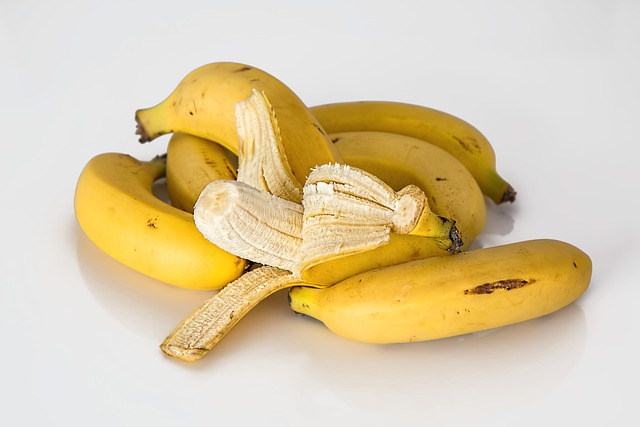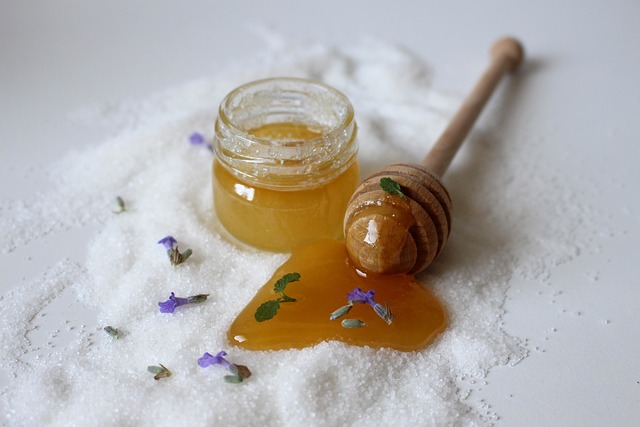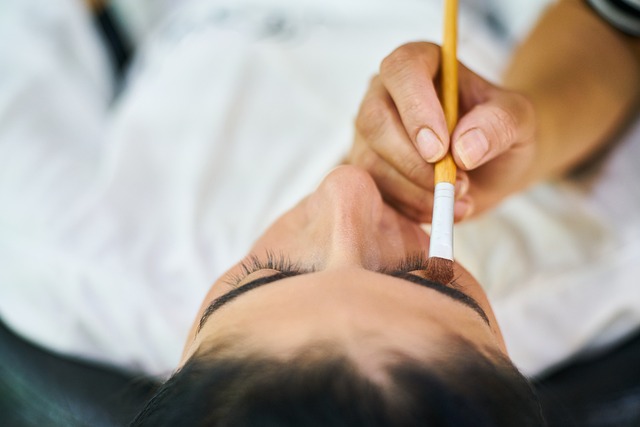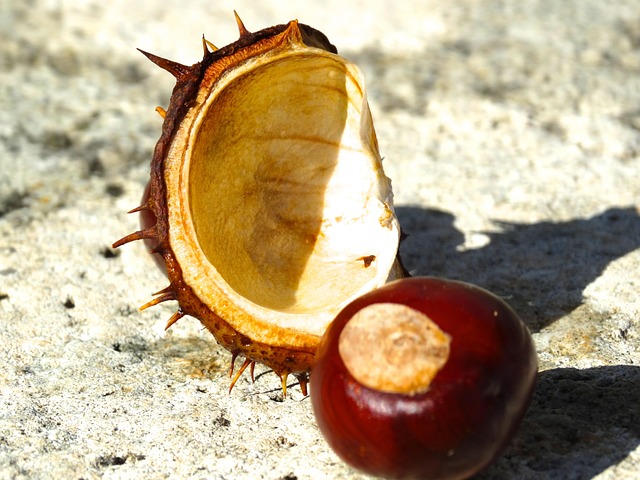Skin Resurfacing Peels are non-invasive treatments that use chemical or physical solutions to exfoliate dead skin cells, stimulating new cell growth and improving various skin concerns like fine lines, wrinkles, hyperpigmentation, and acne scars. They're well-tolerated by most and offer versatile options tailored to individual needs. The right peel strength, chosen based on skin type, ensures safe and effective results. Optimal pre- and post-peel care, including skincare routines and sun protection, aids healing and enhances radiance. Consistency is key; monthly treatments initially, extending intervals over time, maintains youthful skin.
“Unveil your skin’s radiant potential with the transformative power of Skin Resurfacing Peels. This article delves into the fascinating world of gentle exfoliation, exploring how these peels revolutionize your complexion. From understanding the science behind skin cell turnover to discovering diverse peel types tailored to various skin concerns, we guide you through every step. Learn about the numerous benefits, including improved texture and a glowing hue. We’ll also provide insights on choosing the right strength, pre/post-peel care, managing side effects, and maintaining long-lasting results. Embrace your youthful glow with these effective Skin Resurfacing Peels.”
Understanding Skin Resurfacing Peels: A Gentle Exfoliation Technique

Skin Resurfacing Peels are a gentle yet effective exfoliation technique designed to reveal smoother, brighter skin. This non-invasive procedure involves applying a chemical solution to the surface of the skin, which gently removes the upper layer of dead skin cells. By eliminating these cells, the peel promotes the growth of new, healthier skin cells, resulting in a rejuvenated complexion with a youthful glow.
The key to Skin Resurfacing Peels lies in their ability to target specific skin concerns while maintaining overall skin health. These peels can address issues such as fine lines, wrinkles, hyperpigmentation, and acne scars by gently buffing away damaged skin. The process is usually well-tolerated by most individuals, making it a popular choice for those seeking a natural way to enhance their skin’s appearance without the downtime associated with more aggressive treatments.
The Science Behind Skin Cell Turnover and Its Impact on Youthful Glow

The skin is a complex organ, constantly undergoing a remarkable process known as skin cell turnover. This natural cycle involves the replacement of old skin cells with new ones, ensuring the skin’s health and vitality. The rate of this turnover varies across different skin types and ages. On average, about 30-40 million skin cells shed daily, making way for fresh, new cells at the epidermis’ surface.
Skin resurfacing peels are a popular aesthetic treatment that accelerates this natural process. By using specific chemical or physical agents, these peels gently exfoliate the top layers of the skin, removing dead skin cells and stimulating collagen production. This procedure not only reveals smoother, brighter skin but also improves texture and reduces fine lines and wrinkles, contributing to that sought-after youthful glow.
Different Types of Peels for Varied Skin Concerns

Skin resurfacing peels offer a range of options tailored to different skin concerns, ensuring targeted treatments for optimal results. Chemical peels, for instance, use specific chemicals to exfoliate the upper layers of the skin, addressing issues like fine lines, wrinkles, and hyperpigmentation. These peels can vary in strength, from gentle alpha hydroxy acids (AHAs) to more intense beta hydroxy acids (BHAs) or salicylic acid.
Physical peels, on the other hand, involve mechanical exfoliation using tools like microdermabrasion or diamond tips. They are effective for removing dead skin cells and stimulating collagen production, leaving the skin smoother and brighter. For those with acne scars or textured skin, these peels can be particularly beneficial. Combining different types of peels or customizing treatments based on individual needs ensures that various skin concerns can be effectively addressed.
Benefits of Professional Skin Peels for a Radiant Complexion

Professional skin peels, also known as skin resurfacing treatments, offer a multitude of benefits for achieving a radiant and youthful complexion. These advanced procedures go beyond what over-the-counter products can provide by deeply exfoliating the skin to remove dead skin cells and stimulate collagen production. The result is smoother, more even-toned skin with enhanced texture and a vibrant glow.
One of the key advantages of skin peels is their ability to target specific skin concerns such as acne scars, fine lines, and hyperpigmentation. By chemically or mechanically exfoliating the skin, these treatments promote cell turnover, encouraging the growth of new, healthy skin cells that can enhance overall skin texture and appearance. Additionally, they leave the skin feeling refreshed and rejuvenated, providing a noticeable improvement in its radiance and overall health.
Choosing the Right Peel Strength for Your Skin Type

Choosing the right peel strength for your skin type is crucial for effective and safe skin resurfacing peels. While powerful peels can deliver dramatic results, they also carry a higher risk of irritation and sensitivity. Conversely, gentler options may not provide the desired effect. Understanding your skin’s needs is key; oily or acne-prone skin may benefit from stronger alpha hydroxy acid (AHA) or beta hydroxy acid (BHA) concentrations to exfoliate excess oil and unclog pores. In contrast, dry or sensitive skin should opt for milder formulas with lower pH levels to avoid dryness and redness.
Consulting a dermatologist or skincare expert can help determine the ideal peel strength. They can assess your skin’s condition, texture, and tolerance, suggesting appropriate options like moderate-strength glycolic acid peels for most adults, while extremely sensitive skin may require specialized, soothing formulas designed for minimal irritation.
Pre- and Post-Peel Care: Tips for Optimal Results

Before and after any skin resurfacing peels, proper care is essential for achieving optimal results. During the pre-peel phase, it’s crucial to prepare your skin by cleansing gently and avoiding harsh products or treatments that could irritate it. Stay hydrated by drinking plenty of water and consider incorporating a gentle exfoliant into your routine to help remove dead skin cells.
Post-peel, your skin will be more sensitive. Apply a soothing moisturizer designed for post-procedure use to calm irritation. Avoid direct sunlight and always wear sunscreen with a high SPF. Refrain from using makeup or other products on the treated area until your dermatologist advises it’s safe to do so. This allows your skin to heal properly, enhancing the glow and smoothness of your complexion from the peel.
Common Side Effects and How to Manage Them

Skin resurfacing peels, while offering numerous benefits for achieving a youthful glow, can also come with some common side effects. These include redness, swelling, and temporary sensitivity of the skin. Post-procedure discomfort is usually manageable but may require some adjustments to your daily routine. To alleviate these symptoms, apply cold compresses to reduce inflammation and use gentle, soothing skincare products recommended by your dermatologist.
Additionally, it’s crucial to follow your practitioner’s aftercare instructions carefully. This includes avoiding direct sun exposure without proper protection, steering clear of harsh chemicals or exfoliants, and using non-irritating moisturizers. Staying hydrated and adopting a balanced diet can also aid in the healing process, ensuring your skin recovers smoothly for a brighter, more radiant appearance.
Maintenance and Frequency for Long-Lasting Youthful Glow

To achieve and maintain that youthful glow, consistency is key when it comes to skin resurfacing peels. While the frequency can vary based on skin type and individual needs, a good guideline is to start with a monthly treatment. This allows the skin to gradually adjust and build tolerance to the procedure, while still providing ample time between sessions to heal and rejuvenate.
Over time, as your skin responds positively, you may find that you can extend the intervals between peels to every two or even three months. Remember, though, that each person’s journey towards radiant skin is unique. It’s essential to listen to your skin’s needs and consult with a dermatologist to tailor a maintenance plan for optimal results. Regular upkeep ensures that imperfections are consistently addressed, revealing smoother, brighter skin that continues to glow.
